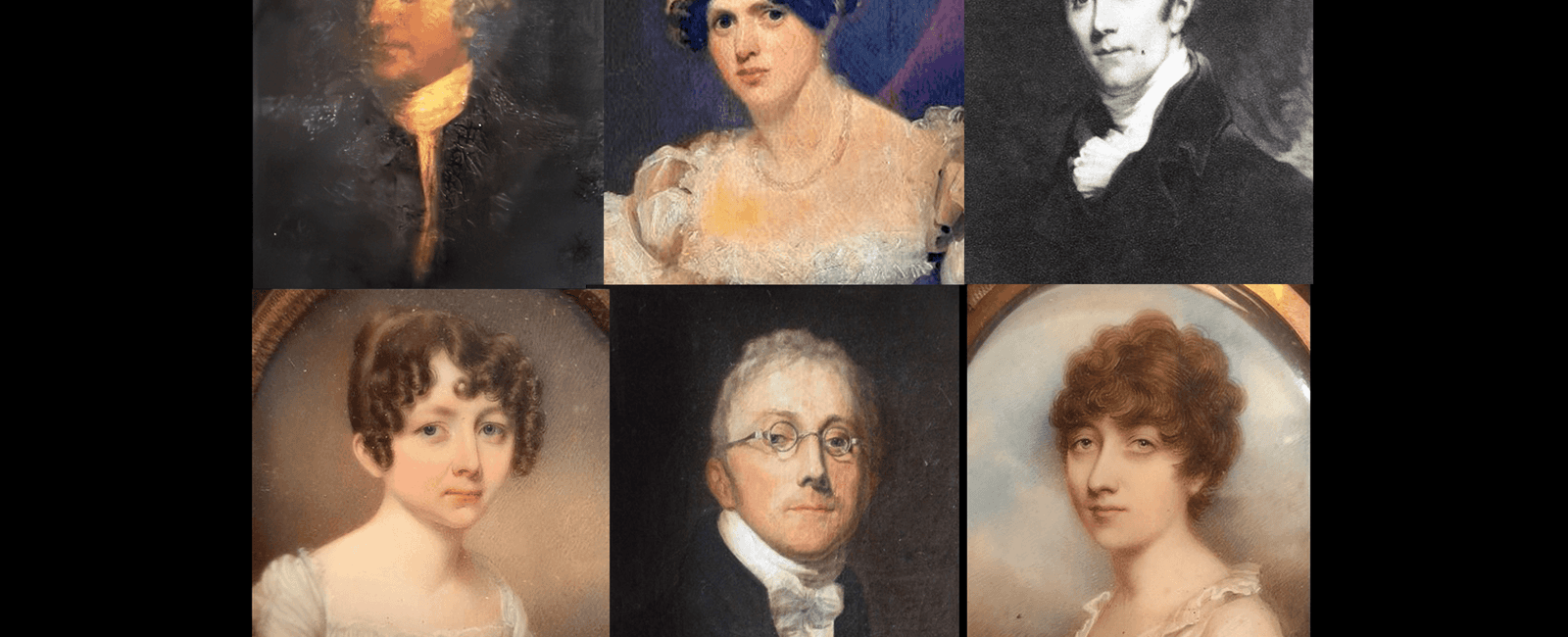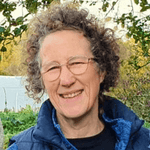Cotesbach 1824: Seeds of the Oxford Movement

On the last Sunday of June in 1824, the sermon preached by Rev. Robert Marriott (1774–1841) in the tiny medieval Church of St. Mary’s, Cotesbach was on Genesis 2:3, on the sanctity of the Sabbath. Unless he had a curate working for him he would then have hopped in his carriage to preach in the nearby parishes of Shawell and Gilmorton, where he also had the living, and pastoral responsibilities. The sermon preached at these two parishes was also about creativity, but from a different angle, that of James 1:22: “But be ye doers of the Word, and not hearers only, deceiving yourselves.” He had last preached this three weeks after his father’s death in 1808, and he likely would have been thinking of his devoted wife Anne (neé) Powell (1782–1840) who had just lost her father James Powell of Clapton, London (1737–1824). Anne was in the early stages of her eleventh pregnancy, of which they now had six children under fourteen years of age. Over a thousand of these handwritten sermons along with extensive correspondence are held in the archive at the Cotesbach Educational Trust, covering three generations of Marriott Reverends between 1769–1871, for whom the High Church Anglican tradition infused every corner of their lives.

Robert and his brothers George Wharton and John had been educated at Rugby School and then Oxford, like their father before them who had been ordained by the Bishop of Oxford in 1769. The Marriott family roots were in Braunston, a main junction on the canal network just outside Daventry, which was on the well-worn turnpike route between Banbury and Leicester, running right through Cotesbach, the new family home where both land and advowson had been purchased under the terms of Grandfather Robert’s will. A relatively easy route to Oxford, even at 4mph. Robert went to Brasenose, and both George and John were at Christ Church in the late 1790s, where they built up a wide circle of acquaintances. John became tutor in the household of the Duke of Buccleuch at Dalkeith, was ordained in 1805, and is especially remembered for his hymn “Thou Whose Almighty Word.” By 1824, living in Broadclyst, Devon, he had family worries after losing his wife Mary Ann (neé) Harris of Rugby in 1821, thus relying on family support for the upbringing of his three young children, the eldest being Charles (1811–1858), who was later known for his role in the Oxford Movement. John’s letters to his sister Sophy reveal his innermost concerns, as well as his yearning for home and his terrible giddy spells, which took the ultimate toll the following year, when he died of “ossification of the brain.”
George Wharton, a lawyer on the Midland circuit based in Bloomsbury with his Northamptonshire born wife, Selina (neé) Adams and nine children under sixteen, had much to occupy himself with in 1824. He had become involved in gathering subscribers to the “Ohio Cause”—the foundation of Kenyon College, Ohio, by Bishop Philander Chase. Chase visited England in early 1824 and did the rounds, under the wing of Lord Kenyon, around which there is much correspondence in the archive. In July he was appointed Chancellor of the Diocese of St. David’s. Except for Sundays, George Wharton was constantly on the go on bumpy roads only just beginning to improve with Tarmacadam. By June it was evident he was relying on his brother Robert for financial support as well as donations to the Ohio Cause. He is commemorated on a plaque on Middle Walk on the campus at Kenyon College, yet the story about his roots and involvement with what started out as a seminary has yet to be told. Overwork got the better of George Wharton who suffered a near fatal illness the following year.

[Top] Robert (1774–1841), Elizabeth (1775–1829), Caroline (1776-1811)
[Bottom] George Wharton (1778–1833), John (1780-1825), Sophia (1788–1860)
Sophia and Elizabeth outlived their middle sister Caroline, who with her husband Rev. Thomas Harris of Rugby had both died of consumption in 1811. Sophia (Sophy) was the youngest, and Elizabeth (Bessie) the eldest daughter, named after her mother Elizabeth (neé) Stow of Walthamstow. It is clear in their correspondence that the version of Christianity they upheld was the cornerstone of their lives. Beyond influencing the young and the social circles in which they moved, they were educated and engaged in debate about which bishop preached what, the latest publications, appointments, and important current events. Sophy was John’s confidante. She was unmarried and lived nearby in Newton, outside Rugby. She also took on principal responsibility for her brother’s children after his death. Bessie, whose hearing was damaged as a girl by standing too close to the Christ Church bell as it tolled, married the Rugby nabob Abraham Caldecott in 1797. She lost her namesake daughter, aged 21, in 1823 and, still grieving, spent the summer of 1824 in Cowes on the Isle of Wight with her younger children. There, she awaited visits from the elder ones already entering professions. She writes to her sister on the 26th of July in clipped sentences:
William comes in on about the 6th next month with Charles Marriott. We found Robert waiting for us at the Inn. The Bishop was gone from Oxford. Robert was much pleased with him and is taking great pains to distribute the Appeals and a printed letter to Lord Kenyon.
William (1801–1840) and Robert (1804–1870) are both Bessie’s sons who later became ordained. Charles Marriott is William and Robert’s younger cousin, John’s son. William was born in 1801, the same year as John Henry Newman, and was at Oriel College in 1821. Newman also knew that road between Oxford and Banbury; Over Worton is along the way, and for Marriott siblings and cousins co-sowing seeds of the Oxford Movement, this was the homeward route, thus the likelihood is that paths crossed with Newman again and again.
Remarkably, this correspondence survives, still connected with the place and its very tangible heritage. Volunteers at CET have been busy uncovering more stories ready for Heritage Open Days and Cotesbach Educational Trust looks forward to the exciting prospect of new pathways, working with NINS to make these records more widely available.
We at NINS thank Sophy Newton and the Cotesbach Educational Trust for their contributions to historical research and archival preservation.

Share
Sophy Newton
Sophy Newton is Heritage Manager (Hon) for the Cotesbach Educational Trust. Sophy brought her experience of collections management and design history to Cotesbach in the early 90s and instigated the vision of saving a dilapidated Schoolhouse and extensive family documents for the benefit of many, via the CET, connecting people as they do so vividly to stories, and studies of land, place, social and cultural history.
Topics
Newsletter
QUICK LINKS

